Frequently Asked Questions
1. What is the history of pocket knives?
2. What were the key innovations in pocket knives during the Industrial Revolution?
3. How are modern pocket knives used today?
4. What should I consider when choosing a pocket knife?
5. Why is there a growing interest in collecting folding knives?
When we think about the tools that have shaped our modern lives, few are as versatile and enduring as the pocket knife. Also known as folding knives, these compact tools have evolved remarkably over several centuries, becoming essential items for outdoor enthusiasts, craftsmen, and everyday users. In this blog, we will explore the fascinating history of pocket knives, their innovations over time, and how they continue to be relevant today.
Early Beginnings: The Origins of Pocket Knives
The history of pocket knives dates back to ancient civilizations, where knives served not only as utility tools but also as weapons. Archaeological findings suggest that the first folding knives appeared around 500 B.C. in Europe. These early designs were straightforward, with a blade that could be folded into the handle, making them portable and easy to carry.
The Roman Influence
The Romans were instrumental in spreading the use of knives throughout Europe. They developed metalworking techniques that allowed for more durable and functional blades. As they conquered new territories, they introduced their version of pocket knives, which were often decorated with intricate designs, showcasing not only craftsmanship but also social status.
The Renaissance: A Period of Craftsmanship
During the Renaissance, knife making underwent significant refinement. Craftsmen began to use high-quality materials like steel for the blades and wood or ivory for the handles. This era marked a shift toward personalization and artistry in knife design. Pocket knives became more than just tools; they evolved into status symbols and were often gifted among nobility.
The Industrial Revolution: Mass Production Begins
The Industrial Revolution in the 18th and 19th centuries revolutionized the production of folding knives. Advances in manufacturing technologies enabled mass production, which made pocket knives more accessible to the working class. Factories began to produce standardized designs, leading to the iconic Swiss Army knife and other famous models.
Key Innovations in Folding Knives
With the advent of machinery, innovations in cutting edge technology saw more specialized folding knives emerge, catering to various needs. Some of the key innovations include:
- Spring-Assisted Mechanisms: This technology allowed for rapid blade deployment, making pocket knives quicker and easier to use.
- Multiple Blades: Models began to incorporate various blade types like serrated edges or dedicated tools like screwdrivers and can openers.
- Locking Mechanisms: Safety became a top priority; thus locking mechanisms were developed to prevent accidental closures.
- Materials: The introduction of synthetic materials for handles improved durability and grip, while modern steel alloys enhanced blade performance.
The Modern Era: Pocket Knives Today
Today, pocket knives, or folding knives, are ubiquitous across the globe, serving multiple purposes ranging from everyday carry (EDC) tools to essential survival gear for adventurers. They are designed for various applications, including fishing, camping, and DIY projects. Modern technology has led to advancements in materials and designs, enhancing aesthetics and functionality.
Technological Advancements
One of the most significant developments in recent years has been the integration of technology into folding knives. For example, some models now include built-in LED lights, glass breakers, and multi-tools that combine several functions in one compact design.
Additionally, the rise of outdoor lifestyle brands has meant that designers work closely with outdoorsmen, capturing feedback to create knives that meet the demands of real-world scenarios. This collaboration has resulted in folding knives that not only perform exceptionally but also offer ergonomic advantages and stylish designs.
Sustainability in Knife Making
With increasing awareness about environmental conservation, many manufacturers have shifted their focus toward sustainable practices. The use of recycled materials, ethically sourced wood, and eco-friendly packaging is on the rise, aligning with the values of eco-conscious consumers. These practices not only help the environment but also enhance the sentimental value of owning a sustainable pocket knife.
Choosing the Right Pocket Knife
With countless options available today, choosing the right folding knife can be a daunting task. Here are some factors to consider:
- Purpose: Identify what you will use the knife for, whether it's daily utility, outdoor activities, or craftsmanship.
- Size: Consider how compact you want the knife to be for portability versus the size of the blade for functionality.
- Blade Material: Look for durable and rust-resistant materials; stainless steel is a popular choice.
- Locking Mechanisms: Ensure the model offers reliable safety features, especially if you plan to use it frequently or around children.
- Brand Reputation: Research brands that are known for quality craftsmanship and positive customer feedback.
Folding Knives in Pop Culture
Beyond their practical uses, folding knives have also made a significant mark in popular culture. From movies and TV shows to historical events, they often symbolize survival, adventure, and independence. Iconic characters and heroic figures are frequently portrayed wielding a trusty pocket knife, further cementing its status as an essential tool for overcoming obstacles.
Collecting Folding Knives
As pocket knives have become more synonymous with craftsmanship and artistry, collecting folding knives is also gaining traction. Enthusiasts appreciate not just their functionality but also the historical significance and design uniqueness of various models. Collectors often seek rare editions, limited releases, and custom knives, fostering a vibrant community that shares tips on care, maintenance, and preservation.
Conclusion: A Timeless Tool for the Future
The evolution of pocket knives reflects our changing needs and technological advancements over centuries. As we continue to innovate, folding knives remain a cornerstone in the realms of utility and craftsmanship. Whether you are using them in everyday tasks or delving into outdoor adventures, these reliable tools will undoubtedly continue to adapt to the demands of modern life. Exploring the classic designs and innovations makes us appreciate these compact wonders even more. Embrace the journey of pocket knives—after all, every knife has a story waiting to unfold!








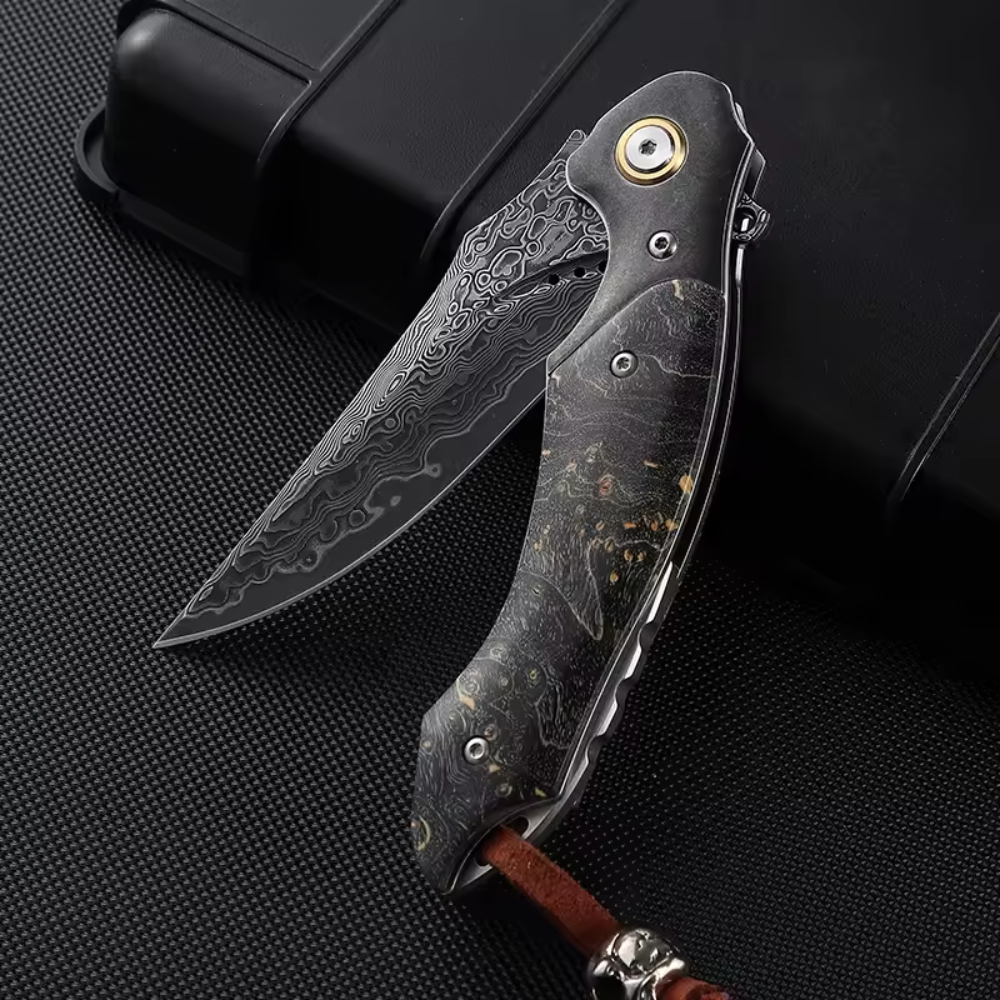
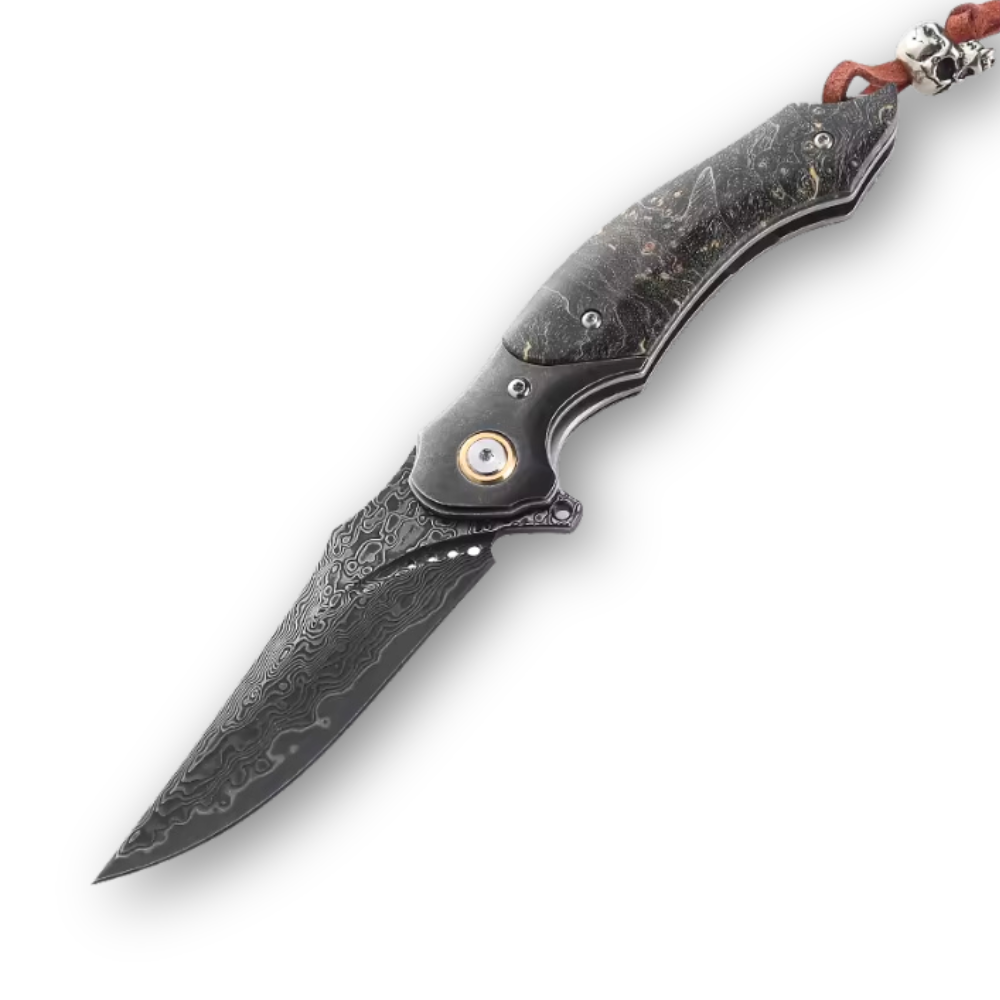
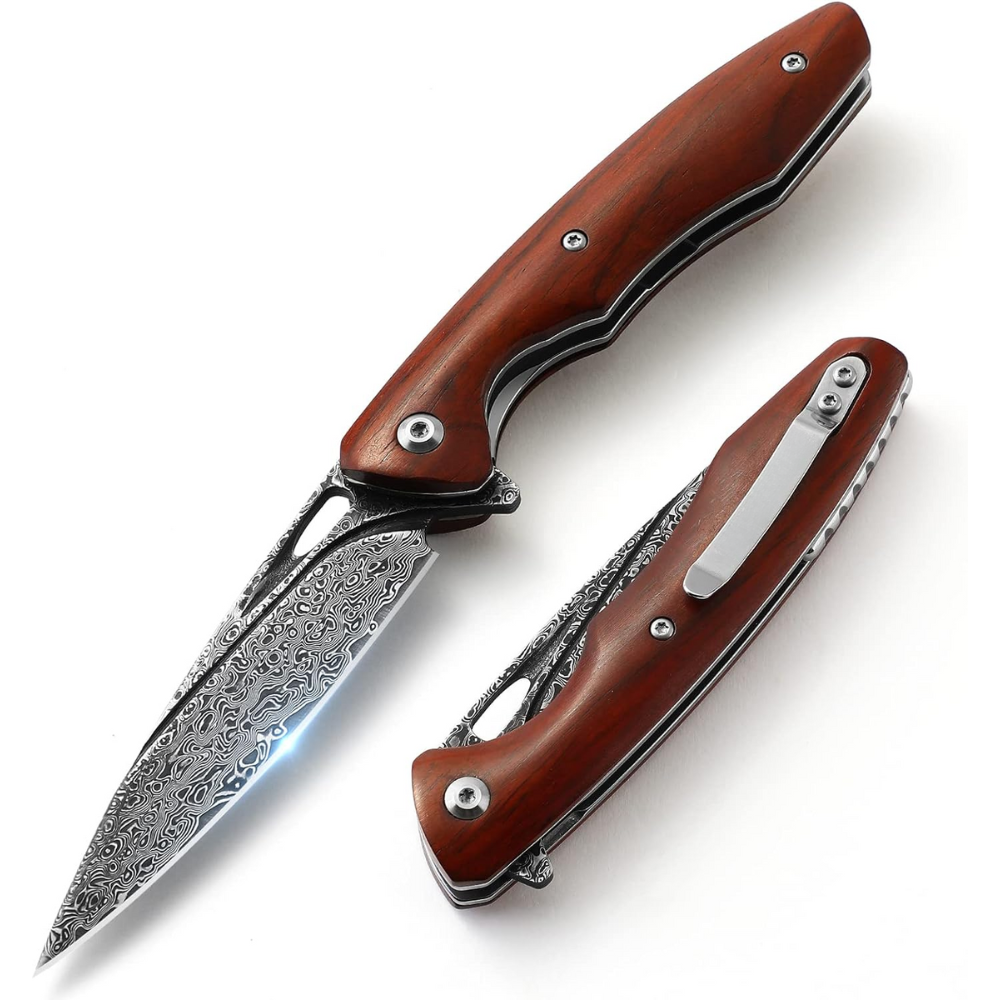









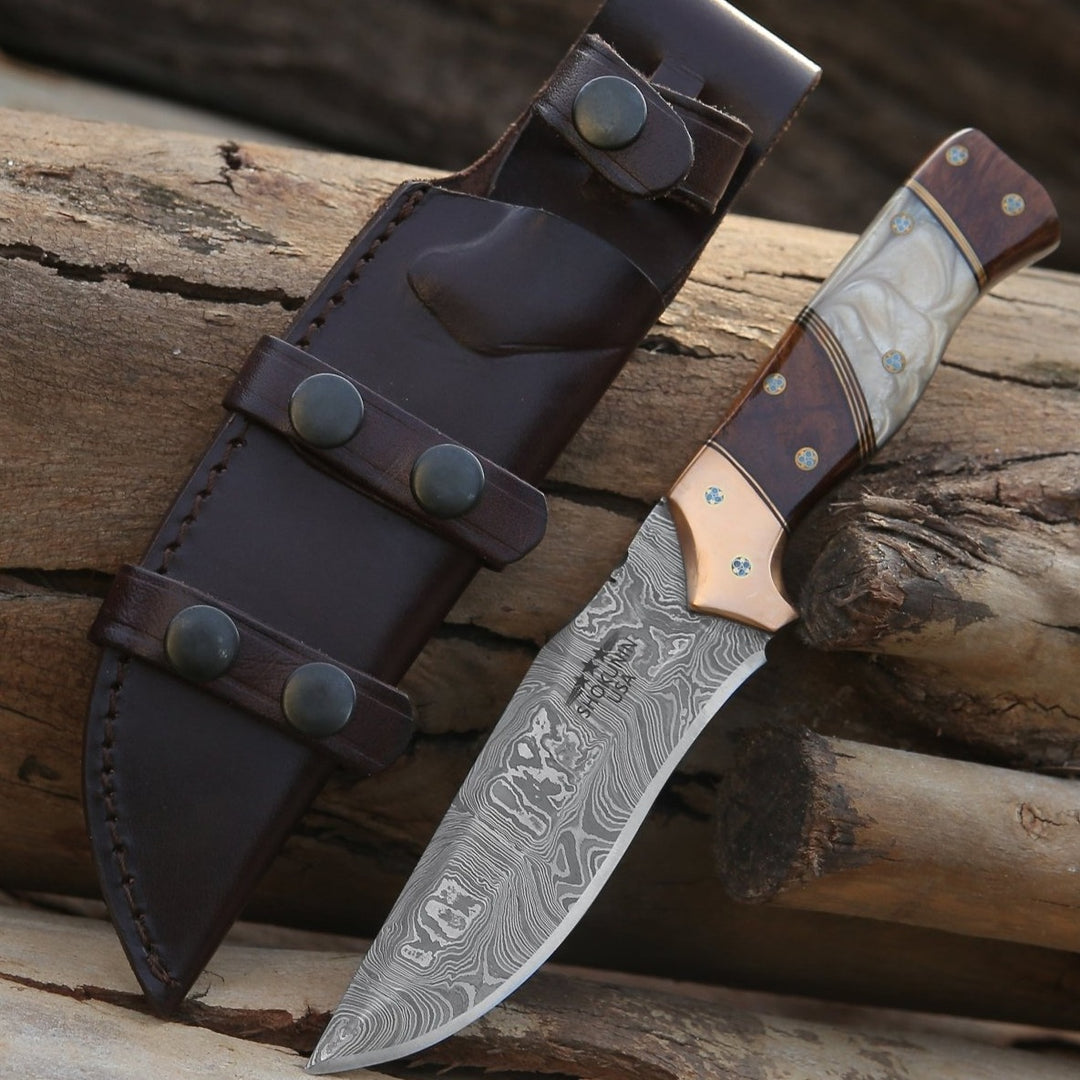
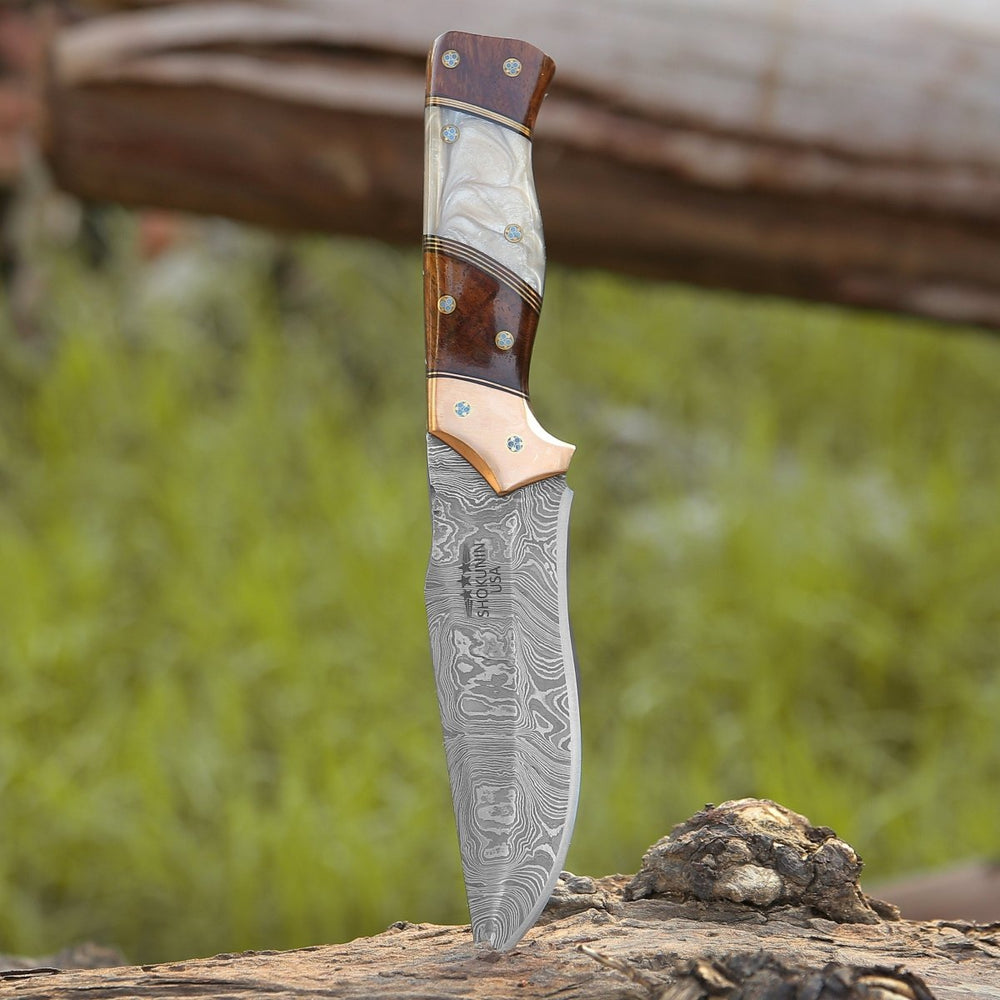


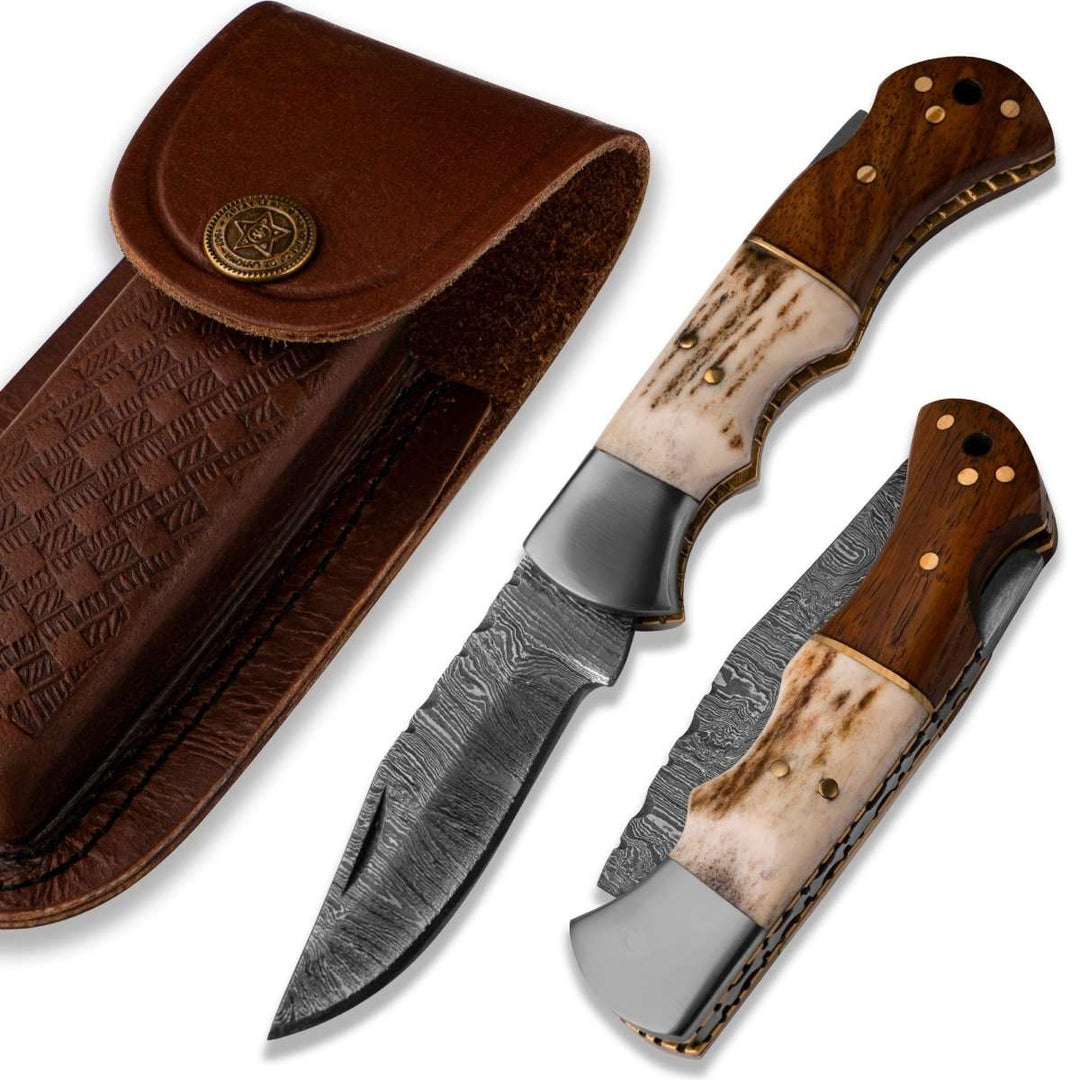
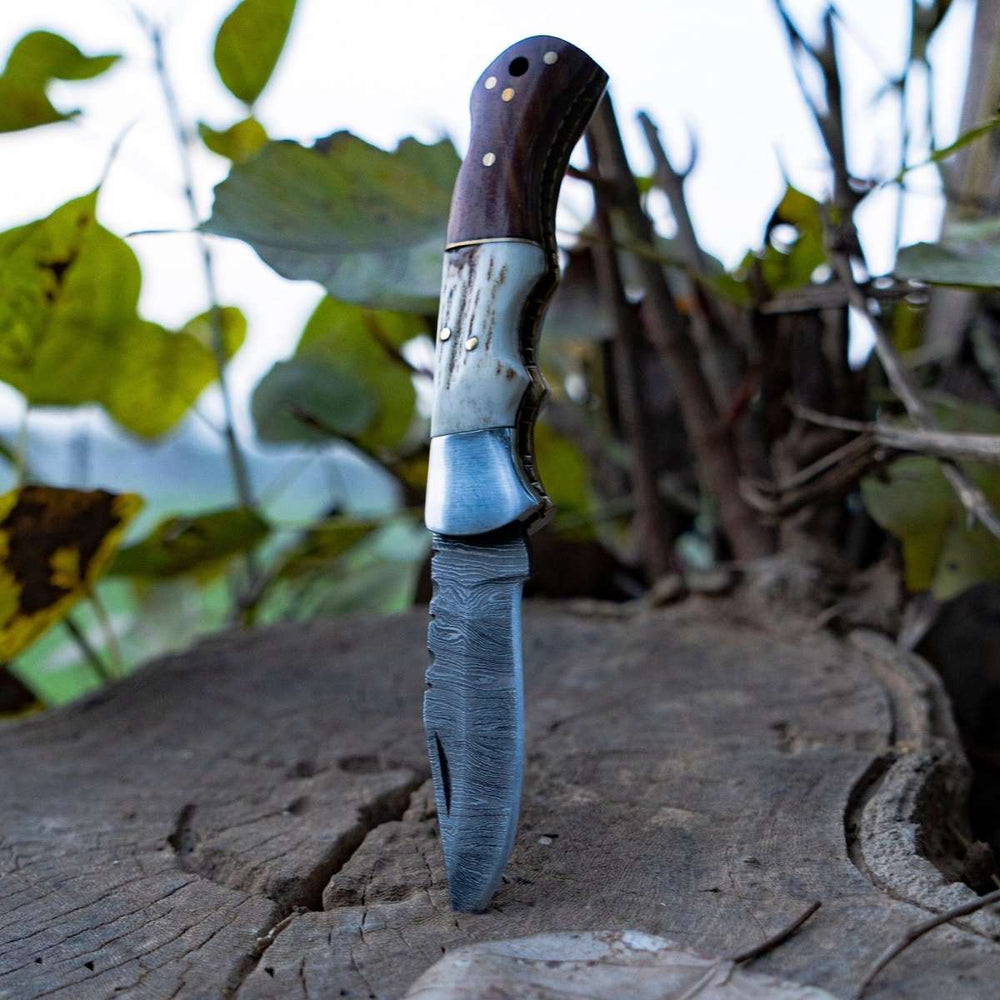




Dejar un comentario